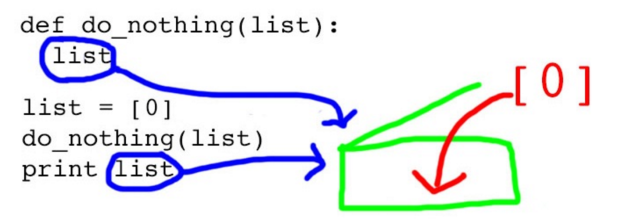The third chapter of this book is about when and how to say yes and commitment. I liked the section on commitment speech vs. noncommitment speech. We should avoid language that shows or may signal that we are not commited to doing something. For example, using words like I need to do this, I hope to get this done, or I should get this done by Friday signals to the other person that you might not do it at all.
There are three parts to making a commitment
1. You say you’ll do it.
2. You mean it.
3. You actually do it.
The secret to recognizing commitment when somebody says something, according to the author, is to look for the words I Will. When somebody uses the words I Will when commiting to something, it shows that they are commited to doing it. And using these words also forces you to fulfil you promise, because you might feel embarassed for not fulfilling you promise.
I personally plan to use the words I Will when I commit to something. This way it forces me to fulfil my promise and also avoids people thinking that I am not commited to doing something.
The second chapter of the book is about when to code, when not to code and what to avoid while coding. This chapter is about the author’s personal beliefs about the matter. I persoanlly don’t agree that 3AM code is bad, I am a night person and most of my best works and ideas come at night. My brain usually does not work 100% during the day, it only starts to work from 8PM to 2AM.
I do however agree with him on the HELP section. Building software is not an easy task; it is the responsibility of developers to help each other and it is a violation of professional ethics to not help others or receive help.
From the blog CS448 – The blog about software by Sudarshan and used with permission of the author. All other rights reserved by the author.



